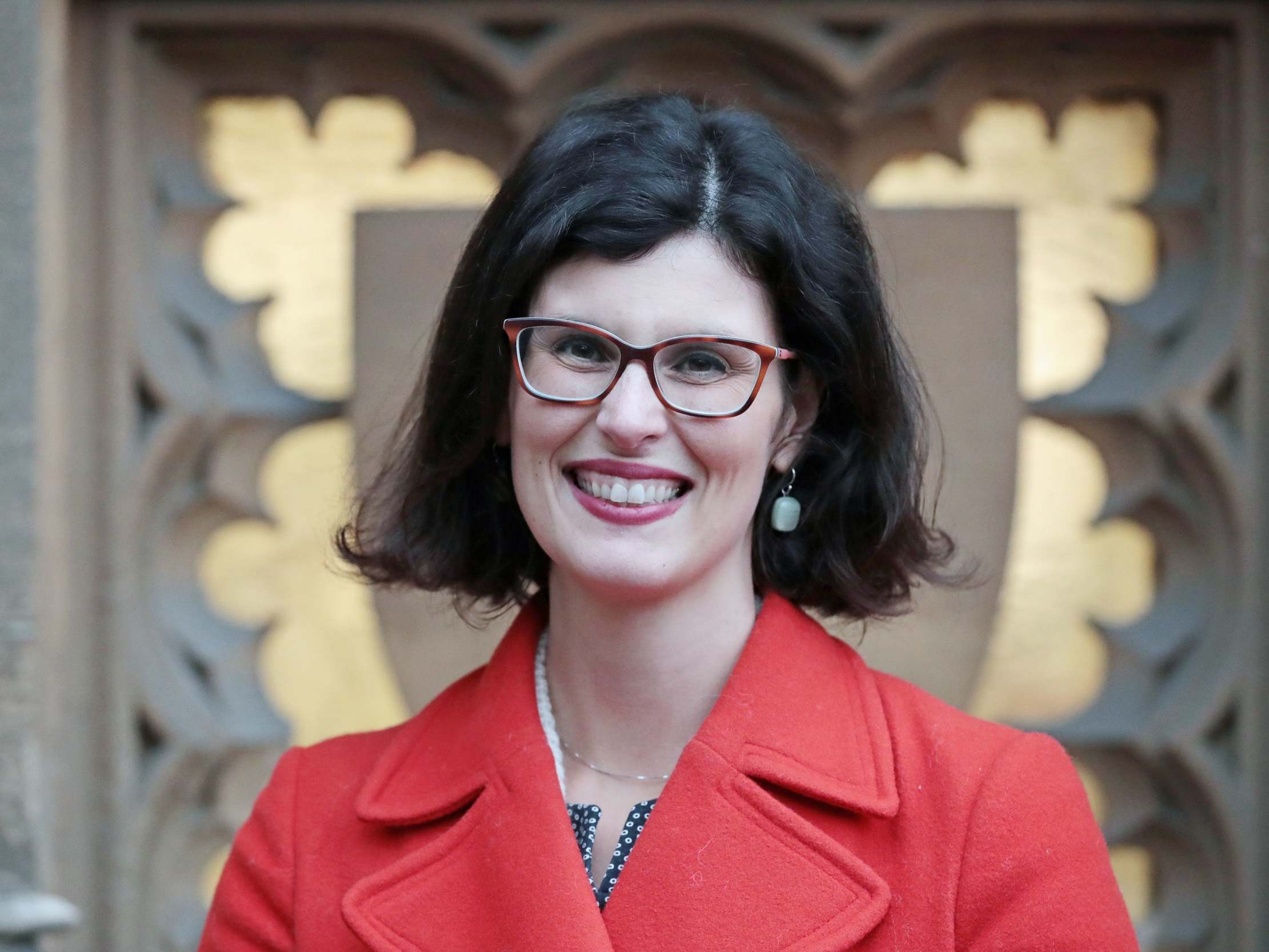Boris Johnson told to resume daily coronavirus press conferences to keep 'confused' public informed
The Independent employs reporters around the world to bring you truly independent journalism. To support us, please consider a contribution.
Boris Johnson is facing calls to resume daily press conferences to keep the public informed about coronavirus after new evidence showed as many as a third do not know the main symptoms of the disease.
Newly released minutes from a meeting of the government’s Scientific Advisory Group for Emergencies (Sage) revealed concern that as few as 65 per cent of people are aware that a persistent cough and fever can be telltale signs of Covid-19 infection.
The government’s “test, trace and isolate” strategy to bear down on coronavirus relies heavily on the public coming forward for testing if they display any indications of infection, which may not be debilitating enough for them to seek medical treatment or even take to their beds.
Without a general ability to identify symptoms when they appear, the risk is that contagious people spread the virus to others without being picked up by testers, making it impossible to trace and isolate their close contacts.
Daily press conferences from 10 Downing Street were a key tool for informing the public of emerging knowledge about the novel disease when it first arrived in the UK in the spring, but they were halted on 23 June with Mr Johnson saying ministers would only hold briefings in future if they had something significant to announce.

Now Liberal Democrat leadership contender Layla Moran is calling for the return of the daily televised question and answer sessions.
“It is deeply concerning that so many people still aren’t even aware of the main symptoms of coronavirus,” said Ms Moran.
“The government urgently needs to step up its communications and provide clearer guidance to the public, including by immediately reinstating the daily press conference.
“The vast majority of people want to do the right thing, but have been left confused by the mixed messaging we’ve seen over the past few months.
“It’s crucial that the government learns from these mistakes ahead of a second wave and puts in place an effective communications strategy as Sage advisers are calling for.”
The latest news on Brexit, politics and beyond direct to your inbox
The Sage paper, from a meeting on 23 June ahead of Mr Johnson’s announcement later that day of relaxed lockdown rules, recommended the creation of new guidance to “engage communities and deliver effective communications”.

It stated: “There are still large numbers of people without a basic understanding of some elements of Covid-19, including awareness of symptoms – cough and fever only recognised by 65 per cent of people.
“It will be important to deliver effective communications both on these elements and on more complex issues, such as network effects, in order to effectively convey risk and explain the rationale for measures.”
Separate Sage documents warned that “Cabinet Office polling shows that trust in government communications has shown a steady decline since early April”.
Their emergence comes after criticism of the government’s chaotic approach to announcing the lockdown in northern England through a series of tweets and a TV clip late on Thursday evening.
An all-party parliamentary inquiry into the coronavirus chaired by Ms Moran is inviting evidence from public health messaging experts on the approach taken by ministers to communicating key messages to the country.
The inquiry will produce recommendations throughout the summer, which Mr Johnson has committed to reviewing. This week the inquiry will be hearing from bereaved families and those suffering “long Covid”, who will also be asked about how effective the government’s communications have been to date.
Last week, the inquiry heard concerns from the British Medical Association over a lack of clarity from the government on messaging on mask wearing and social distancing. Dr Chaand Nagpaul, chair of the BMA’s council, said: “Do you think any member of the public understands what one metre plus means? What does the plus mean? Many don’t really understand this because it’s not clear and they’re not social distancing.”
Official NHS advice identifies the main symptoms of coronavirus as a high temperature, a new, continuous cough and a loss of or change to the sense of smell or taste. Not all of those infected will display all symptoms.
tinyurlis.gdu.nuclck.ruulvis.netshrtco.de
